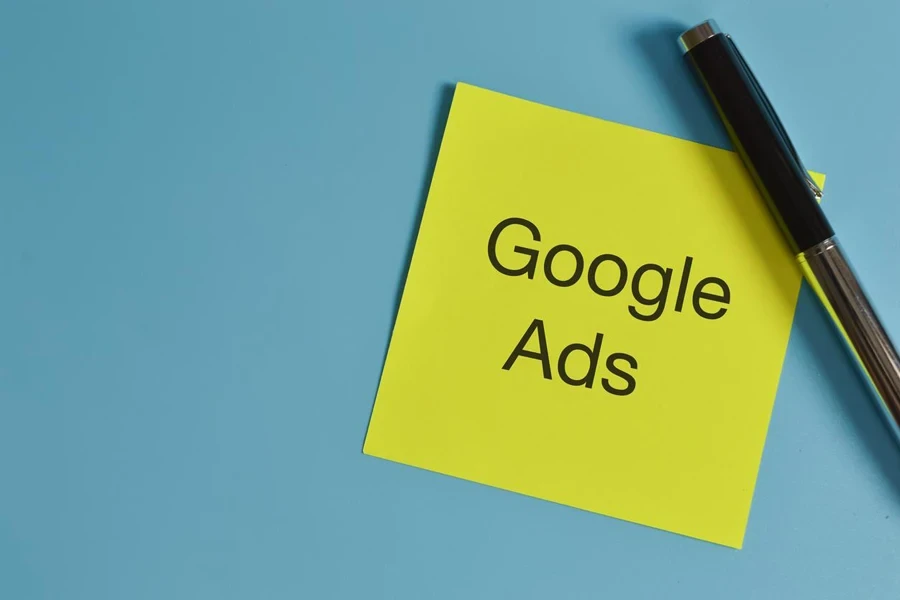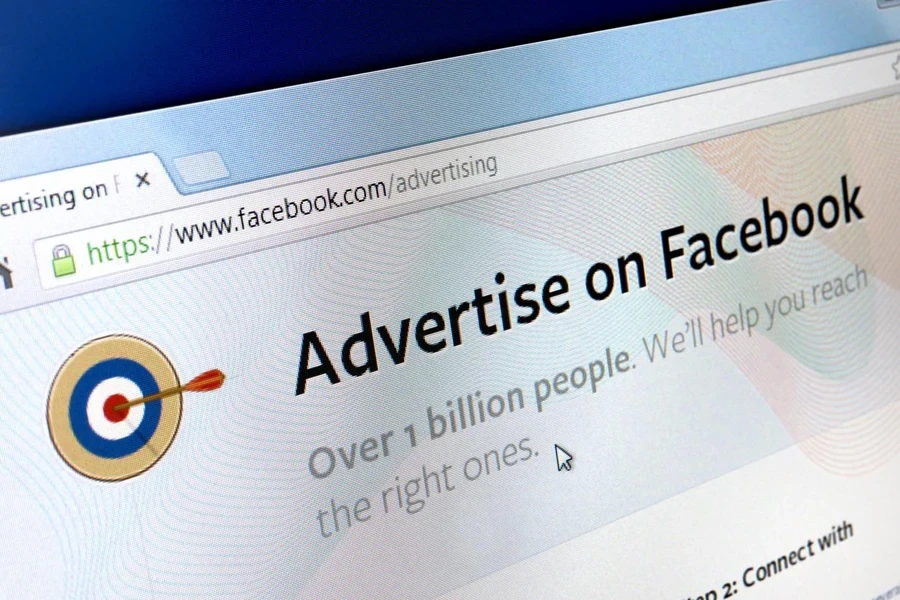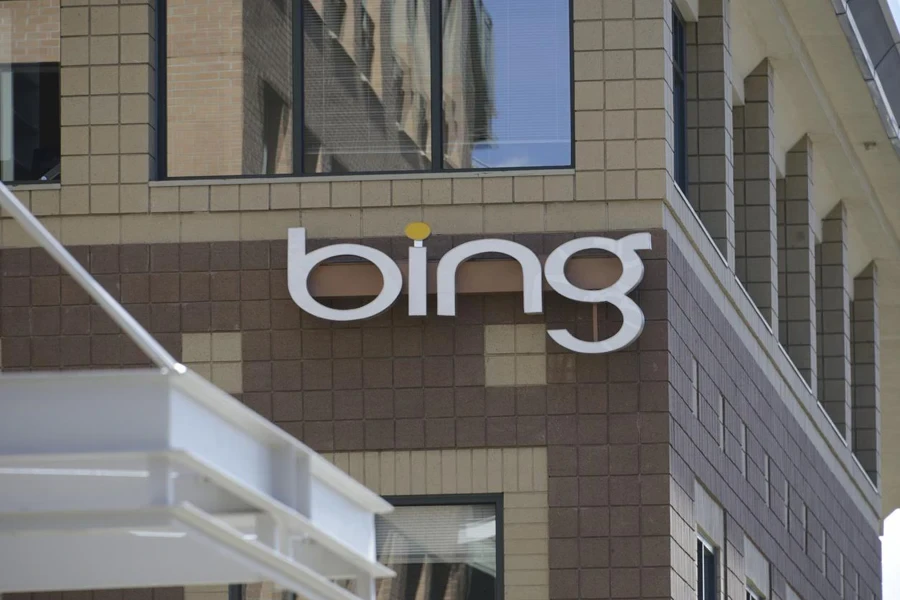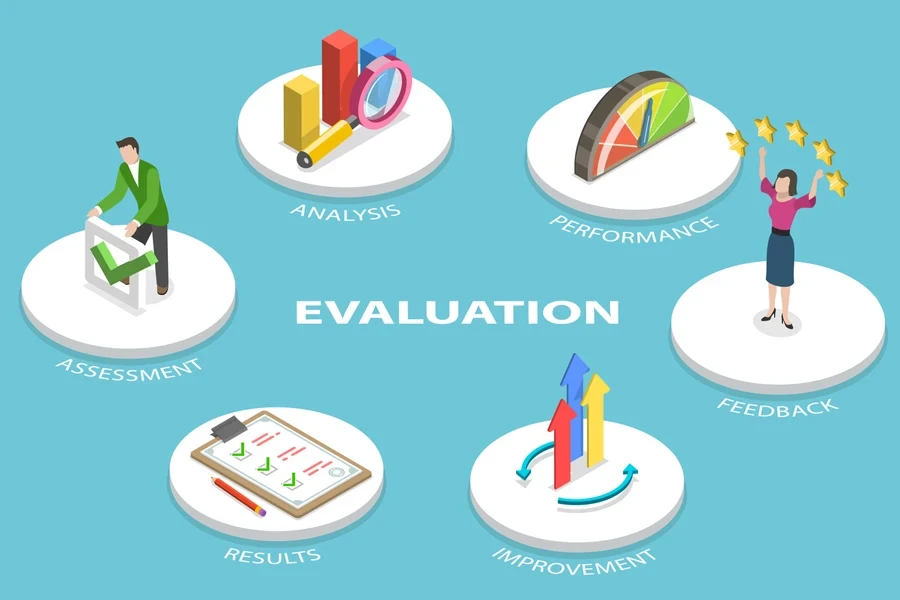In the competitive world of digital marketing, choosing the right advertising platform can make or break your business’s success. With a plethora of options available, from search engine giants like Google and Bing to social media powerhouses like Facebook and LinkedIn, it’s crucial to understand the unique strengths and capabilities of each platform. This guide will help you navigate the complex landscape of online advertising and select the platform that best aligns with your business goals and target audience.
Table of Contents
● Why Choosing the Right Ad Platform Matters
● Overview of Major Ad Platforms
● Factors to Consider When Selecting an Ad Platform
● Platform Comparison: Costs, Reach, Formats
● Measuring Ad Performance Across Platforms
● Key Takeaways
Why Choosing the Right Ad Platform Matters
Selecting the appropriate advertising platform is a critical decision that can significantly impact your business’s return on investment (ROI). By aligning your ad strategy with the right platform, you can:
- Reach Your Target Audience Effectively: Different platforms cater to specific demographics and user behaviors. Understanding where your potential customers spend their time online allows you to deliver your message to the right people at the right time.
- Maximize Your Advertising Budget: Each platform has its own pricing model and average cost-per-click (CPC). By choosing a platform that offers the best value for your budget, you can stretch your advertising dollars further and achieve a higher ROI.
- Leverage Platform-Specific Features: From advanced targeting options to unique ad formats, each platform offers distinct features that can enhance your ad campaigns. By selecting a platform that aligns with your creative vision and marketing objectives, you can create more engaging and effective ads.
Overview of Major Ad Platforms

Google Ads: The Search Engine Giant
Key stats and benefits:
Google holds an 83.49% share of the global search engine market, offering unparalleled reach.
Offers various ad formats, including Search, Display, Video, and Shopping ads.
Extensive targeting options based on keywords, demographics, and user behavior.
Best suited for: Businesses looking to capture high-intent traffic from users actively searching for their products or services.

Facebook Ads: The Social Media Powerhouse
Key stats and benefits:
Boasts over 2.8 billion monthly active users, providing access to a vast and diverse audience.
Advanced targeting options based on demographics, interests, and behaviors.
Engaging ad formats such as Image, Video, Carousel, and Collection ads.
Best suited for: Companies aiming to build brand awareness, generate leads, or drive sales through highly targeted social media advertising.

LinkedIn Ads: The B2B Marketing Champion
Key stats and benefits:
Over 900 million registered users as of March 2023, with 180 million users in the US and 83 million in India.
Ideal for B2B marketing, with precise targeting options based on job title, company, industry, and professional interests.
Offers unique ad formats like Sponsored Content and Sponsored InMail.
Best suited for: Businesses targeting professionals, decision-makers, and industry-specific audiences for lead generation and brand awareness.

Bing Ads: The Underdog with Untapped Potential
Key stats and benefits:
Bing and its partners make up 35.6% of the US desktop search market.
Typically offers lower CPC compared to Google Ads, with an average of $1.54 across all industries.
Reaches a unique audience, with nearly half of the US population using Bing monthly.
Best suited for: Companies looking to expand their search advertising reach beyond Google, particularly those targeting an older, more affluent demographic.
Factors to Consider When Selecting an Ad Platform
Alignment with Business Goals
Before diving into the specifics of each platform, it’s essential to define your business goals. Are you aiming to increase brand awareness, generate leads, or drive online sales? Each advertising platform excels in different areas, so aligning your goals with the platform’s strengths is crucial. For example, if your primary objective is lead generation for a B2B service, LinkedIn Ads may be the most effective choice.
Audience Demographics and Behavior
Understanding your target audience is key to selecting the right advertising platform. Consider factors such as age, gender, location, interests, and online behavior when choosing a platform. Facebook Ads, for instance, offers detailed targeting options based on user interests and behaviors, making it ideal for reaching niche audiences. On the other hand, Google Ads excels at capturing users with high purchase intent based on their search queries.
Budget Constraints
Your advertising budget is another critical factor to consider when selecting a platform. Some platforms, like Google Ads, may have higher average CPC compared to others. However, the potential ROI may justify the cost, particularly for businesses in competitive industries. Bing Ads, on the other hand, often offers lower CPC, making it an attractive option for budget-conscious advertisers. It’s essential to allocate your budget based on the expected return and align it with your overall marketing objectives.
Industry and Niche
Different industries and niches may find certain platforms more effective than others. For example, a B2B software company may see better results with LinkedIn Ads due to its professional user base, while a fashion e-commerce brand may thrive on visually-focused platforms like Facebook and Instagram. Research your industry’s benchmarks and competitor strategies to inform your platform choice. Additionally, consider the unique features each platform offers that may benefit your specific niche, such as LinkedIn’s Sponsored InMail for personalized outreach or Google Shopping Ads for e-commerce products.

Platform Comparison: Costs, Reach, Formats
Average CPC Across Platforms
One of the most important factors to consider when selecting an advertising platform is the average cost-per-click (CPC). Here’s a breakdown of the average CPC across the major platforms:
- Google Ads: $2.69 for search ads, $0.63 for display ads
- Facebook Ads: $1.72 across all industries
- LinkedIn Ads: $2.00-$3.00 per click
- Bing Ads: $1.54 across all industries
While CPC is a crucial metric, it’s essential to consider it in the context of your target audience and expected ROI. A higher CPC on a platform like LinkedIn may be justified if it delivers high-quality leads that convert well.
Audience Targeting Capabilities
Each platform offers unique targeting options to help you reach your desired audience effectively. Here’s an overview of the targeting capabilities of each platform:
- Google Ads: Targets users based on search keywords, demographics, interests, and past browsing behavior.
- Facebook Ads: Offers granular targeting based on user demographics, interests, behaviors, and life events.
- LinkedIn Ads: Allows targeting based on professional attributes such as job title, company size, industry, and skills.
- Bing Ads: Provides similar targeting options to Google Ads, with additional options like LinkedIn profile targeting.
Consider which platform’s targeting options align best with your ideal customer profile and campaign goals.
Ad Formats Available
The ad formats available on each platform can greatly impact the success of your campaigns. Here’s a rundown of the main ad formats offered by each platform:
- Google Ads: Offers Search Ads, Video Discovery, Display Ads, Shopping Ads, and Google Local Services Ads.
- Facebook Ad Formats:
- Image Ads: Simple, static image ads with text and a call-to-action button.
- Video Ads: Engaging video content to capture attention and tell your brand story.
- Carousel Ads: Showcase multiple images or videos in a swipeable format.
- Collection Ads: Feature a cover image or video with up to 4 product images for an immersive experience.
- LinkedIn Ad Formats:
- Sponsored Content: Native ads that appear in the LinkedIn feed, featuring a headline, image, and description.
- Sponsored InMail: Personalized messages sent directly to user inboxes with a custom CTA button.
- Text Ads: Simple, text-based ads that appear on the LinkedIn sidebar.
- Bing Ad Formats: Similar to Google Ads, with the addition of Audience Ads, which allow native ad placements on MSN and partner sites.
Consider which ad formats resonate best with your target audience and align with your campaign objectives.

Measuring Ad Performance Across Platforms
To ensure the success of your advertising campaigns, it’s crucial to track and measure key performance indicators (KPIs) across the different platforms. While each platform offers its own set of metrics, here are some common KPIs to monitor:
- Click-Through Rate (CTR): CTR measures the percentage of users who click on your ad after viewing it. A high CTR indicates that your ad is relevant and engaging to your target audience. Monitor CTR across platforms to identify which ones generate the most interest in your ads.
- Conversion Rate: Conversion rate is the percentage of users who complete a desired action (e.g., making a purchase, filling out a form) after clicking on your ad. Track conversion rates across platforms to determine which ones drive the most valuable actions for your business.
- Cost Per Acquisition (CPA): CPA measures the average cost of acquiring a new customer or conversion through your advertising efforts. Keep an eye on CPA across platforms to ensure you’re getting the best return on your ad spend.
- Return on Ad Spend (ROAS): ROAS is a metric that measures the revenue generated for each dollar spent on advertising. Calculate ROAS for each platform to identify which ones deliver the highest returns for your business.
By consistently monitoring these KPIs across your chosen advertising platforms, you can make data-driven decisions to optimize your campaigns and allocate your budget effectively.
Key Takeaways
Selecting the right advertising platform is essential for maximizing your business’s online presence and driving meaningful results. By considering factors such as your business goals, target audience, budget constraints, and industry niche, you can choose the platform that best aligns with your needs.
Remember to:
- Align your platform choice with your specific business objectives
- Consider your target audience’s demographics and online behavior
- Keep your budget and industry benchmarks in mind
- Monitor key performance indicators consistently to optimize your campaigns
Now that you have a better understanding of the strengths and capabilities of each major advertising platform, it’s time to put your knowledge into action. Start by defining your business goals and identifying your target audience. Research industry benchmarks and competitor strategies to inform your platform selection. By following the insights and best practices outlined in this guide, you’ll be well-equipped to choose the advertising platform that will help your business thrive in the digital landscape.




